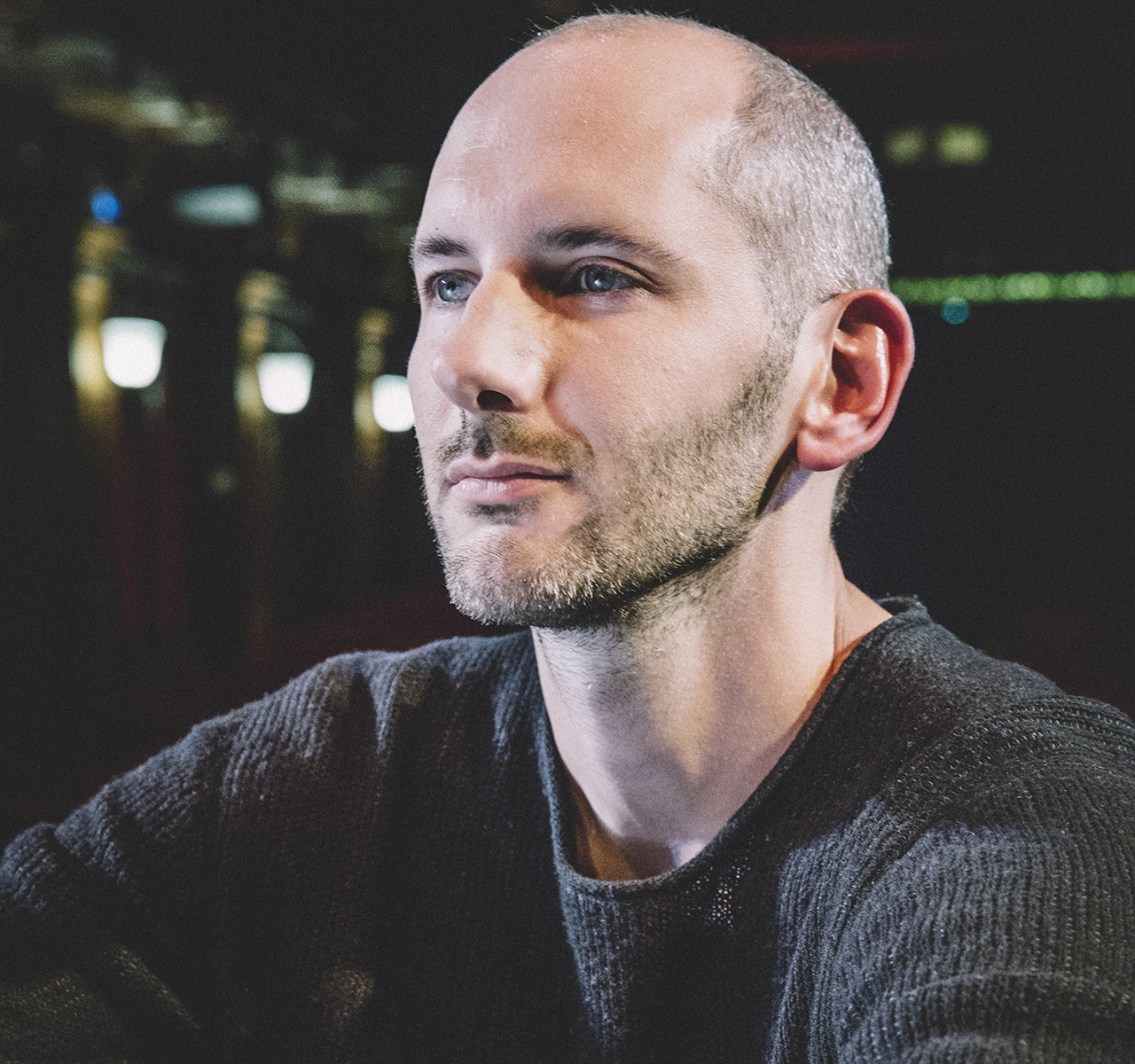News

In 1994, Issey Miyake unleashed a revolution with L’Eau d’Issey pour Homme—a fragrance that didn’t just capture the essence of water but redefined what a men’s scent could be. Thirty years later, the brand is back with a new weapon in its olfactory arsenal: Le Sel d’Issey, a bold tribute to the raw, untamed forces of nature. Created by the daring perfumer Quentin Bisch, Le Sel d’Issey draws inspiration from salt, a substance that, like water, is an essential element that has shaped our world.
Bisch didn’t play it safe with this one. “The inspiration behind creating Le Sel d’Issey is to capture the exact transition point between land and sea, when the waves recede,” he says. “It’s about the memory of the water left on the earth, this salt deposited like an imprint.” Salt, in Bisch’s hands, becomes more than just a seasoning; it’s a force of nature, a primal element that pulses through the veins of this fragrance.
Working with salt as a note in perfumery is notoriously tricky. It’s a scentless challenge, a blank canvas that could easily lead to something flat or uninspired. But Bisch thrives on the tension. “Issey Miyake perfumes have always been powerful perfumes. I had to respect the brand and live up to it,” he reveals. “It is by working on the contrast within the note that I was able to give the salt all its vibration, its momentum, its strength.” The result? A fragrance that feels alive, like it’s vibrating with the energy of crashing waves and shifting tides. This is not a scent that sits quietly on the skin—it demands attention, exudes power.
The fragrance’s marine core is built around laminaria seaweed and oak moss, ingredients with “iodised accents” that scream of the sea. Bisch states he wanted to ground this oceanic force, to tether it to the earth, so he introduced cedarwood and vetiver, the latter grown in sand to give it a “mineral, fresh and powerful woody note.”
“Vetiver’s fame in perfumery since the 1970s has made it one of its iconic woody ingredients,” says Bisch. “To delve deeper into how sand can influence their scent profile, it’s essential to consider the concept of terroir. Terroir encompasses the impact of a plant’s growing environment on its characteristics, which include taste (often discussed in relation to wine and spirits), scent, and other properties such as chemical and physical properties. In this particular case, it develops an extraordinarily mineral, fresh and powerful woody note. Its impact, even at a very low dosage, is noticeable, it brings a real vertical signature.”
It’s this clash of elements, this battle between land and sea, that gives Le Sel d’Issey its edge. “The marine accord is made up of laminaria seaweed and oak moss with iodised accents while the earth is embodied in the woods of cedar and sand vetiver. It is in the vibration, the contrast between these opposite polarities that Le Sel d’Issey is born,” he explains.
And then there’s the ginger—a spike of natural freshness that cuts through the deeper notes, adding a flash of life and light. “Adding a note of natural ginger brings an extra touch of naturalness and adds a sparkling note of life,” says Bisch. It’s the perfect counterpoint to the salt, a sharp, vibrant contrast that keeps the fragrance from being too heavy, too predictable.

But Le Sel d’Issey isn’t just about the scent; it’s about the whole experience. The bottle is a minimalist masterpiece, crafted from up to 20 per cent recycled glass, a nod to the brand’s commitment to sustainability. Inside, the “certified vegan” formula is composed of 95 per cent natural ingredients, including upcycled cedar that introduces a deeper, more complex olfactive profile. Even the alcohol, sourced from 100 per cent natural French beetroot, reflects Issey Miyake’s dedication to ethical and local production. “Choosing alcohol derived from French beetroot is part of the CSR strategy of Issey Miyake Parfums and supports local sourcing from France. There is no olfactive impact from this natural-based alcohol,” Bisch notes.
Bisch didn’t just create a fragrance; he sculpted a piece of the earth and sea, bottled it, and set it free. “I worked thinking about what Mr. Miyake might think of this work, and I hope he would have liked it,” he muses. “It seems to me that he could have validated the work on the bottle. The perfume reflects and embodies the purity of the bottle, this way that light passes through the glass with such fluidity, the movement intrinsically linked to the design affirming the freedom of the lines.”
Le Sel d’Issey isn’t for everyone. It’s not meant to be. This is a scent for those who want to feel alive, who thrive on contrasts, who are drawn to the edge where land meets sea, and who aren’t afraid to wear a fragrance that challenges the norm. It’s a bold statement from a brand that’s never been content to play it safe, and it’s here to shake up the world of men’s fragrances once again. “I felt a particular pressure for this project because we had to look for a new signature, to differentiate ourselves while respecting the DNA of Issey Miyake,” Bisch confesses. And with Le Sel d’Issey, he has done just that—pushing boundaries, taking risks, and capturing the raw, untamed spirit of nature in a way that only Issey Miyake can.